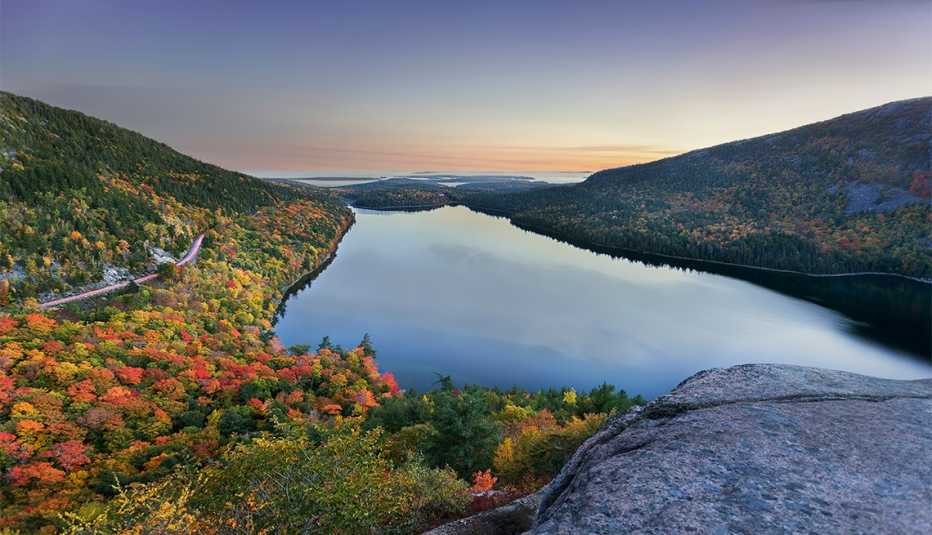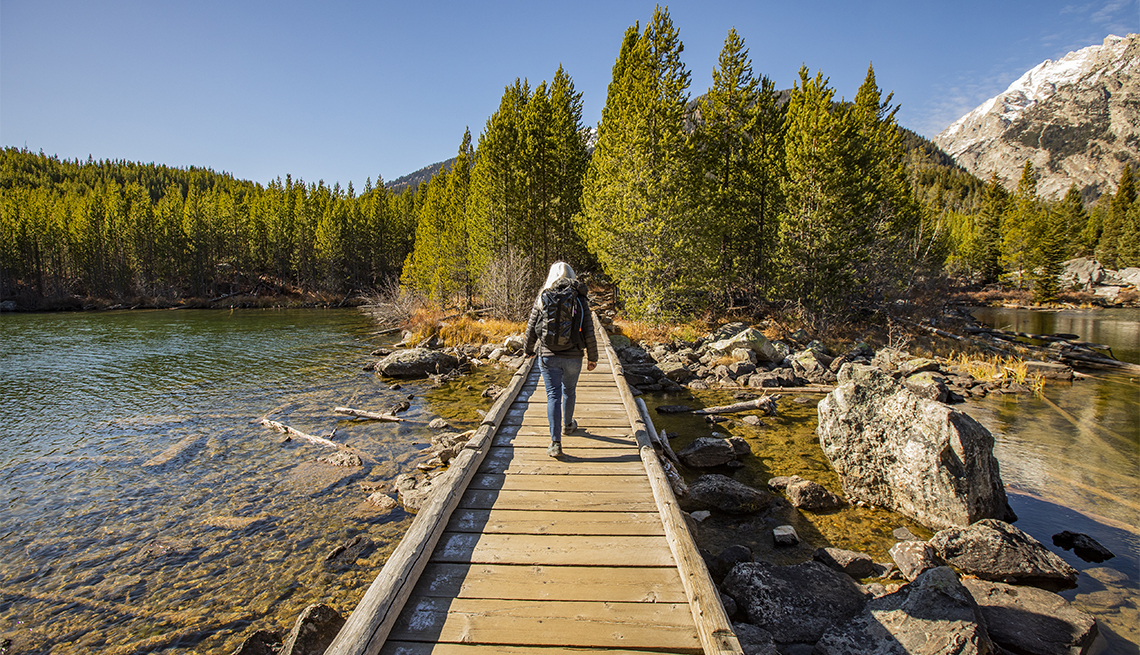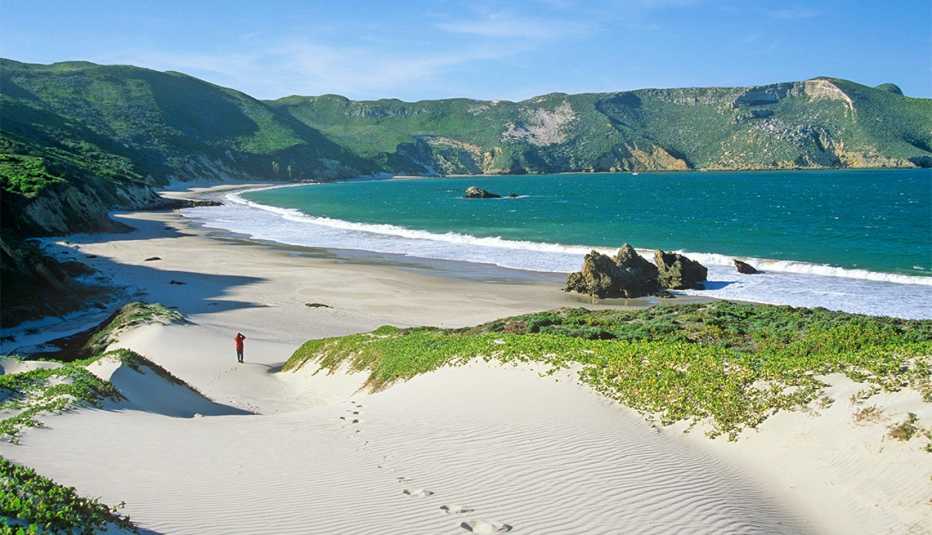Staying Fit
Given the astonishing beauty and richness of the 63 U.S. national parks, it's no wonder they're so popular: They received 237 million visitors in 2020 — only a 28 percent drop from the year before, despite widespread closures and travel slowing nearly to a halt due to the pandemic. This year will likely attract many more visitors, drawn to outdoor vacations relatively close to home.
These are some of our tips for finding beautiful, less crowded spots and precious moments of solitude, even in the most popular of these wonderful destinations, based on our many years of visiting, working and living in the national parks.


AARP Membership— $12 for your first year when you sign up for Automatic Renewal
Get instant access to members-only products and hundreds of discounts, a free second membership, and a subscription to AARP the Magazine.
1. Visit lesser-known national parks
Every national park-lover needs to visit Yellowstone, Yosemite and the Grand Canyon at some point, but consider visiting some of the lesser-known parks as well. One of our favorite “sleeper” parks is Petrified Forest in Arizona; here you'll find remains of a colorful prehistoric forest, some of the logs more than 100 feet long and up to 10 feet in diameter. But there's so much more: artifacts of the ancient indigenous people who lived here, including the remains of large pueblos and massive rock art panels; fossils of plants and animals from the late Triassic period (the dawn of the dinosaurs); a striking and vast painted desert (a badland cloaked in a palette of pastel colors); a wilderness of more than 50,000 acres where you can find wildness, beauty and quiet; and a remnant of historic Route 66 complete with a 1932 Studebaker! Other favorites include Guadalupe Mountains in Texas (hike to the top of the tallest mountain in the state), Channel Islands (see what California looked like before European explorers arrived) and Michigan's remote Isle Royale, where you'll find the solitude normally associated only with the national parks in Alaska.
2. Find little-known havens within a park
Most national parks are pretty big places, but visitors tend to congregate at some of the most well-known and iconic sites, leaving other areas blissfully quiet. For example, Yosemite Valley includes some of the park's most famous attractions, but the valley is a tiny fraction of the park. Visit the Hetch Hetchy area, often described as the twin of Yosemite Valley, and hike to Wapama Falls or Rancheria Falls. Or drive to the lesser-visited northwest corner of Yellowstone and walk the Bighorn Pass Trail that follows the striking Upper Gallatin River; this is a spectacular landscape and we saw only two other groups of hikers the last time we were there (in the middle of the summer!). At Rocky Mountain, avoid the popular Bear Lake Corridor area, and take the dramatic Ute Trail through the park's alpine tundra or the lovely Colorado River Trail in the park's Never Summer Range.





































































